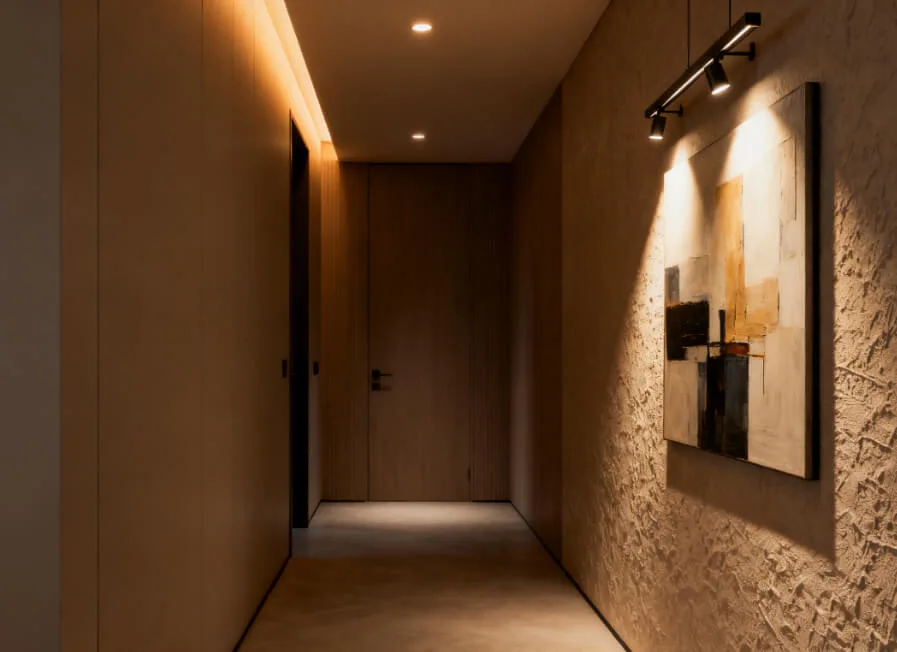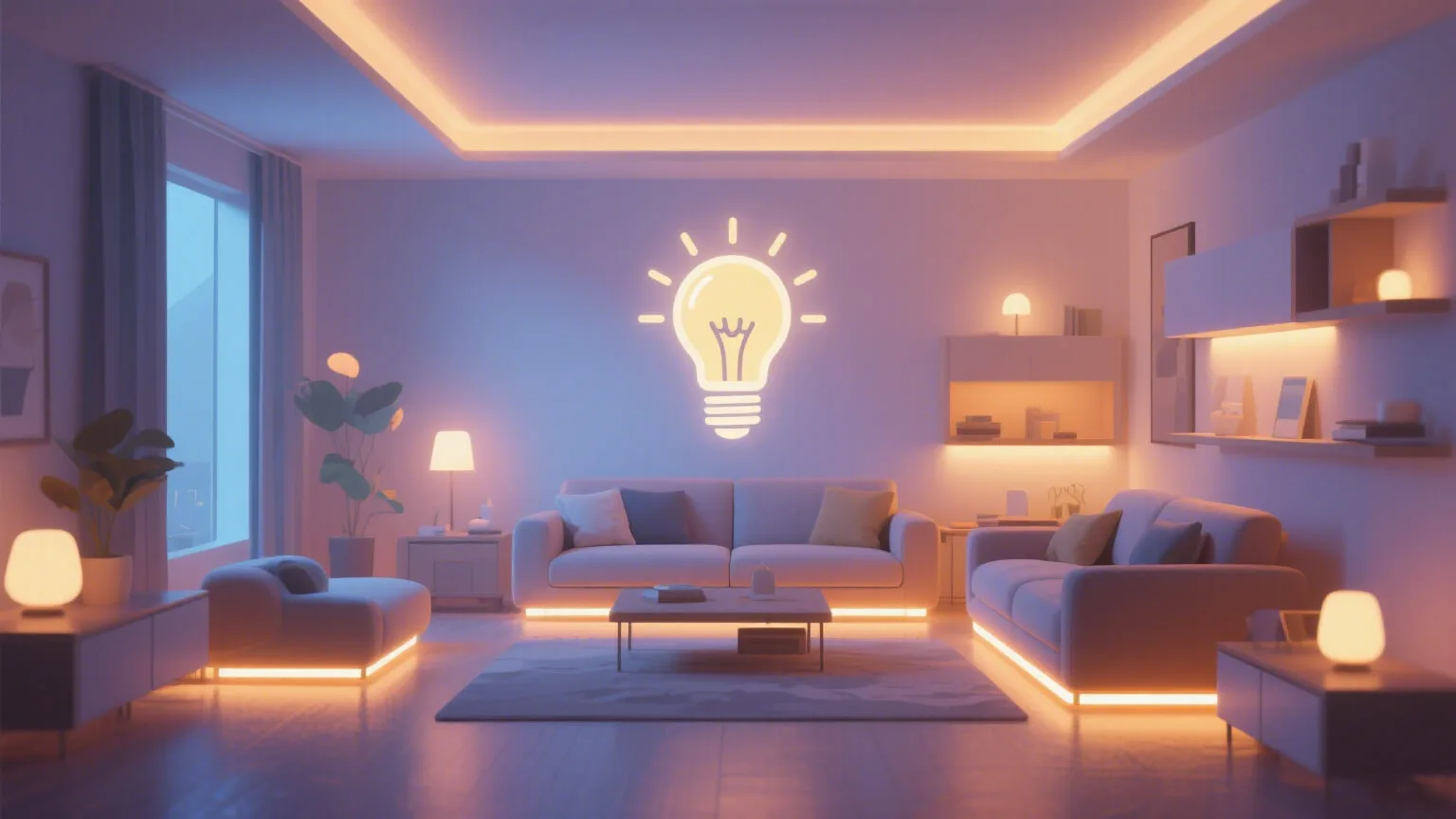How to Choose Energy-Efficient and Environmentally-Friendly LED Lights? Avoid These Common Pitfalls!
When choosing energy-efficient and environmentally-friendly LED lights, many consumers often fall into some common misconceptions. Below are some key points to help you avoid making the wrong choices:
1. Focusing Only on Brightness and Ignoring Energy Efficiency
Many people focus solely on the brightness of the LED light (lumen output) when choosing a product, neglecting its energy efficiency (luminous efficacy, or lumens per watt). Choosing an LED light with high energy efficiency not only saves electricity but also reduces energy consumption and carbon footprint.
2. Relying Too Much on Low Price
Although low-priced LED lights can be tempting, their quality is often unreliable. Low-quality LED lights may consume more energy, have shorter lifespans, and even use substandard materials, which can negatively impact the environment.
3. Ignoring the Color Temperature of the Light
When choosing LED lights, the color temperature of the light source is another important factor to consider. Extremely cool color temperatures (such as 5000K and above) can be bright but may cause discomfort to the eyes and are not conducive to creating a comfortable environment. Choosing the right color temperature can enhance your quality of life.
4. Overlooking Brand and Certification
Although there are many brands and types of LED lights available in the market, it’s important to choose products from reputable brands with official certifications (e.g., CE, RoHS). These certifications ensure the lights are safe, environmentally-friendly, and energy-efficient.
5. Ignoring the Heat Dissipation Design of the Fixture
The heat dissipation design of an LED light directly affects its lifespan and performance. When purchasing, it’s best to select LED lights with good heat dissipation capabilities to prevent overheating and potential malfunctions.
In conclusion, when choosing energy-efficient and environmentally-friendly LED lights, you should consider factors like energy efficiency, quality, color temperature, and heat dissipation performance. Avoid focusing solely on low prices, and think about the long-term benefits.



